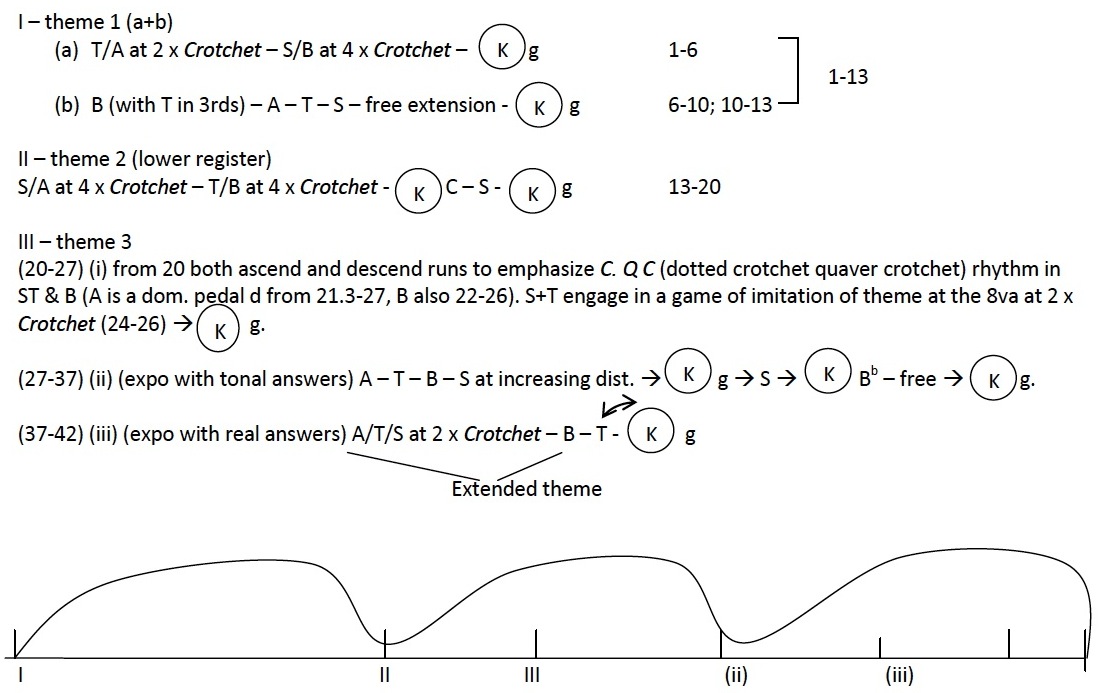Esteban Daza
Fantasía [15] por el segundo tono por Gesolreut
El Parnaso (1576), fol. 21v
da015
| Source title | Fantasia por el segundo tono a quatro por Gsolreut, señalase la claue de Fefaut en la quarta en vacio, y lleua alguna glossa. D[ificil] |
|---|---|
| Title in contents | Fantasia por el segundo tono, por gesolreut |
| Text incipit |

Music
Category abstract
Genre fantasia
Fantasia type Imp
Mode 2
Voices 4
Length (compases) 84
Vihuela
Tuning G
Courses 6
Final VI/0
Highest I/7
Lowest VI/0
Difficulty difficult
Tempo not specified
Song Text
Language
Vocal notation puntillos
Commentary
Imitative polythematic fantasia. The final section has strong affinities with the villancico “Si me llaman, a mí llaman” (Pisador’s book includes an intabulation of Vásquez’s setting, and Mudarra also set the melody. Further close comparisons are required to establish any parody relationship.
Polythematic fantasia, imitative.
Quite consistent with Daza’s norm except for glosas and the unusual length (as long as episodes I & II together. The plan of the work is seen in the diagram.
III (i) is not at all typical. It is the most interesting as it shows Daza applying 3 distinct treatments to his thematic material. It has frequently double-expositions with shortened leading note 2nd time. II is cadential like motives and is where most glosas occur.
Density and with of range, pitch (ie register) polyphonic/free movement or homophonic are the main variables in the dramatic structure. Interestingly – the intensity curves on the graph divide the piece almost exactly into 3 equal units whereas the thematic divisions are closer to a factor of 4. Note how extra voice entries of S are used for heightening the drama and how they incorporate modulations in II and III. ii
The final theme recalls the villancico “Si me llaman” especially in parts ii and iii.
